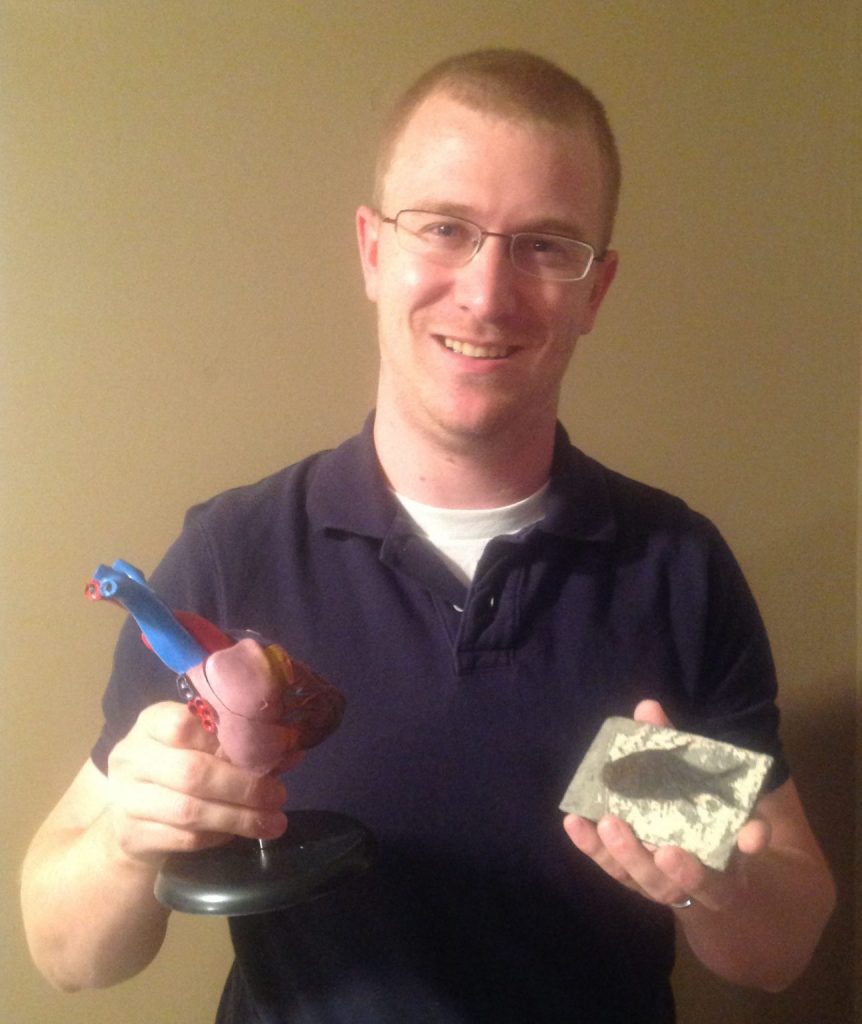Rosalind Franklin on the shoulders of giants: part lll

This archived article was written by: Nathaniel Woodward
Dear Bridgette,
Science can be unbelievably frustrating. Not to discourage you from the pursuit, but on the list of most thankless jobs an argument can be made for the No. 1 position. To be great requires the utmost dedication and perseverance. Making what you study the primary focus in life and sincerest passion is exactly how the greats change the world. Far more often than not, great discoveries and contributions are overlooked, especially if credit is due to a woman scientist.
Shamefully this happened to one of the most dedicated geniuses biology has ever known. Rosalind Franklin’s contributions to the discovery of the structure of the DNA double-helix were so important that it is reasonable to assert that the entire field may be years behind today if not for her dedication and brilliance. Born in July of 1920, in London, England, her father, an educator who taught evening science classes, instilled in her a passion for academic exploration, something she already had an exceptional gift for. She was trained in college as a chemist, gaining a skill for the new field of X-ray crystallography, a method for determining the structure and shape of molecules by bouncing X-ray radiation off crystalline structures and calculating their overall appearance by how the waves come back. What is remarkable about her skills is her ability to use it to determine the shapes of some organic molecules, things not normally found in crystal forms. Day after day,she stayed in her lab, often alone, working out new methods and determining the once impossible.
In 1951, Franklin took a position at the prestigious Kings College of London where she focused her attention on the shape of DNA. Just down the hall were two scientists: my personal hero Francis Crick and his colleague James Watson, who independently were theorizing the structure of DNA, competing with legendary chemist Linus Pauling to be the first to describe what it would look like and claim an elusive (for Crick and Watson at least, since Pauling had already won one of his eventual two) Nobel Prize.
Using the data collected by Franklin, Crick and Watson’s theoretical model of a double-helix structure for DNA was proven to be correct, cementing their diety in the annals of biology superstardom.
But like so many times before for women scientists, Franklin’s contribution was overlooked and her name not even mentioned in the journal publication which changed the course of history and revolutionized the field of biology. Ever the stalwart pioneer, Franklin continued to work unfettered by the ambition of recognition or celebrity and provided some the best images of molecules we have to this day. Because her indomitable genius and fortitude of spirit, more women than ever, are in the scientific fields, changing the world.
The research that discovered the structure of DNA was awarded the Nobel Prize for Physiology or Medicine in 1962 with the recipients being Francis Crick, James Watson and Maurice Wilkins. No mention of Franklin, who had passed away four years earlier of ovarian cancer at the age of thirty-seven. In the interest of full disclosure, years later Crick and Watson would try to make amends to this crime and would frequently speak of Franklin’s contributions to their work, attempting to cement her immortality with their own.
Franklin’s legacy gives hope to all aspiring scientists, who may draw strength and inspiration from her unconquerable drive, courageous innovation and unquestionable genius; a giant if there ever was one. Take the lessons of her life and continue to explore the universe around you. Today is a time when you may make anything of yourself, no longer obstructed by the misogyny of our misguided ancestry, we are a new humankind, looking forward to the discoveries of tomorrow. Every time I feel that rush of excitement when learning something new, I hope to find myself saying, “Thank you Rosalind.” I hope you do too.
-Dad




